| Main | Site library | Forum | Guestbook |
THE OCEANS By far the greatest area of the planet Earth – 362 million square
kilometres (140,000,000 sq m) or over 70 per cent – is covered with
ocean water.
Compared with the land areas, however, the ocean is quite barren.
It is largely a cold and dark place, with prolific life appearing only
in the uppermost few hundred metres, where sunlight can penetrate
and
support a flora of drifting algae. With an average ocean depth
of 3.8 kilometres (2 1/4 m), this topmost fertile layer does not represent
a very large proportion of the whole. Animals also live in the
chill
dark ocean depths, feeding on organic debris raining down from
the productive layers, but they are not numerous. |
|
|
|
|
|
|
|
|
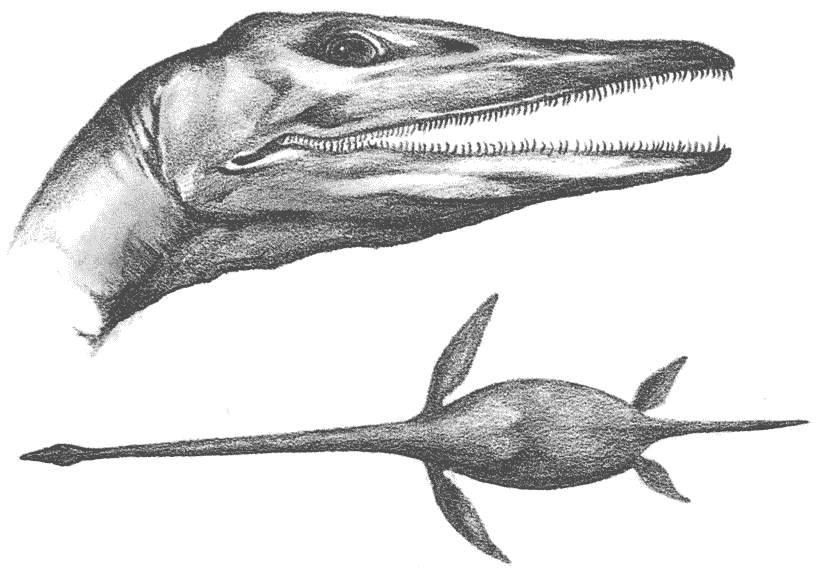 |
 |
|
|
Open sea PELORUS Piscisaurus sicamalus
|
The twelve tentacles with their trailing curtain of stings and hooks, radiate from the mouth at the shells entrance.
|
|
|
|||
| ||||||
CONCLUSION The world is a complete ecosystem. The grassy plains are grazed by
rajaphants and sprintosaurs. The fruits and berries in the trees of
the tropical
forests are eaten by crackbeaks. The twigs of the temperate and
coniferous woodlands are browsed by brickets and coneaters. Mountain
plants are
scraped up and eaten by balaclavs and hanuhans. These plant-eating
animals are, in turn, preyed upon and killed by fierce hunters
like northclaws, cutlasstooths and arbrosaurs, and their dead remains
are
devoured by scavengers such as gourmands, and many of the pterosaurs. |
CONTENTS
FOREWORD
THE GREAT EXTINCTION 6
WHAT IS A DINOSAUR? 10
THE NEW TREE OF LIFE 12
PALAEOGEOGRAPHY 16
ZOOGEOGRAPHY 18
THE HABITATS 20
THE NEW DINOSAURS 29
THE ETHIOPIAN REALM 30
THE PALAEARCTIC REALM 42
THE NEARCTIC REALM 54
THE NEOTROPICAL REALM 66
THE ORIENTAL REALM 78
THE AUSTRALASIAN REALM 88
THE OCEANS 100
CONCLUSION 108
AFTERWORD 109
GLOSSARY 113
FURTHER READING 115
INDEX 116
ACKNOWLEDGEMENTS 120




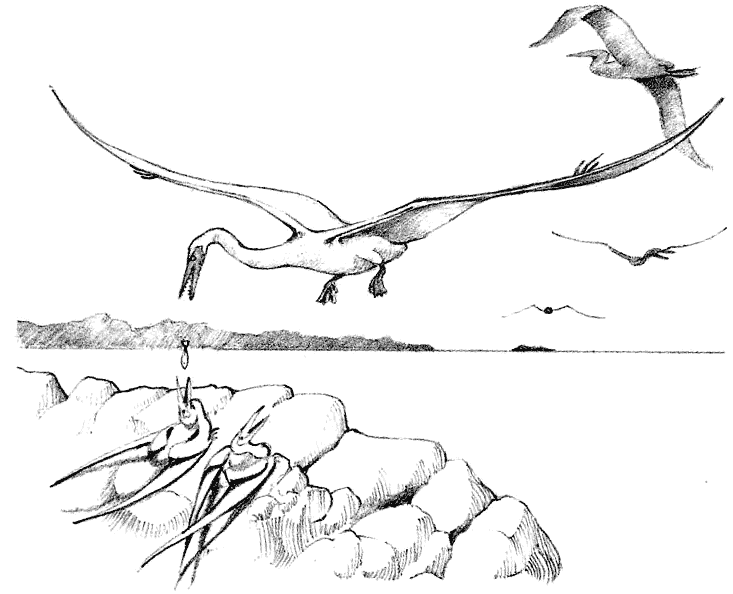

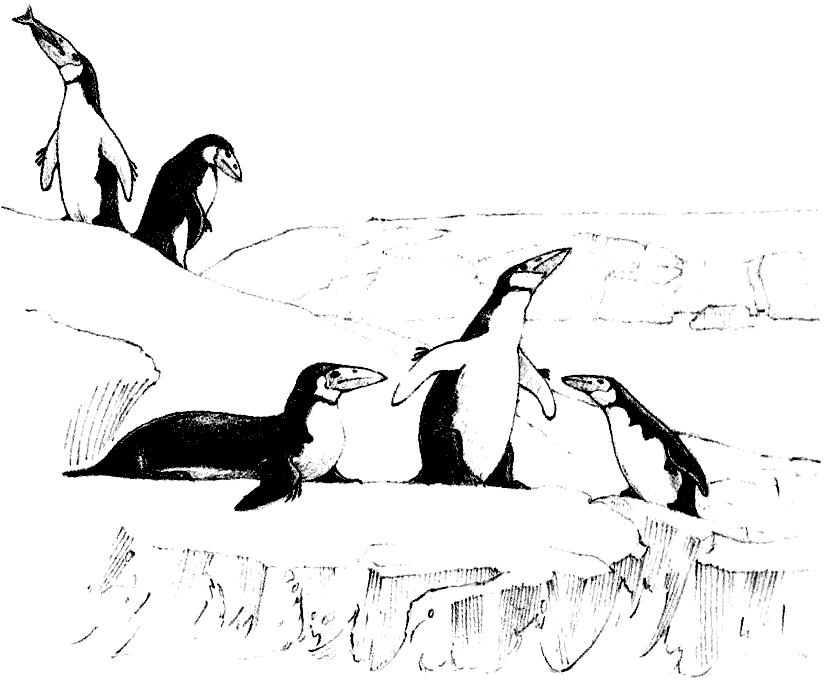


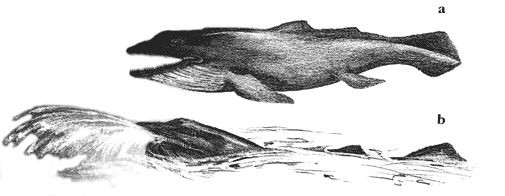
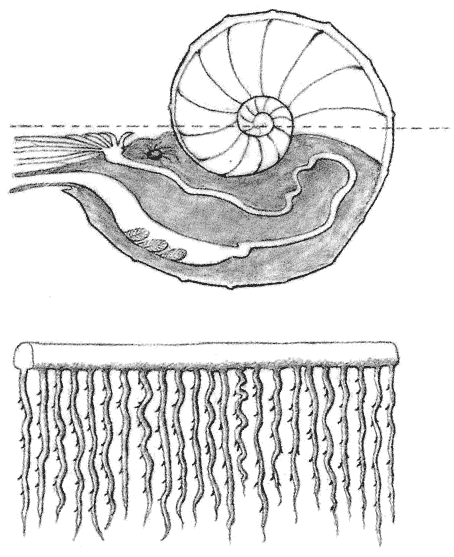 The internal structure of the kraken is a ‘scaled-up’
version of the internal structure of any shelled cephalopod. The shell
has a number of chambers, and the animal occupies the last one. As
the kraken grows it produces more shell, moves forward and lays down
a wall to create a new chamber behind. A blood vessel connecting all
the chambers controls the air pressure and hence buoyancy.
The internal structure of the kraken is a ‘scaled-up’
version of the internal structure of any shelled cephalopod. The shell
has a number of chambers, and the animal occupies the last one. As
the kraken grows it produces more shell, moves forward and lays down
a wall to create a new chamber behind. A blood vessel connecting all
the chambers controls the air pressure and hence buoyancy.


